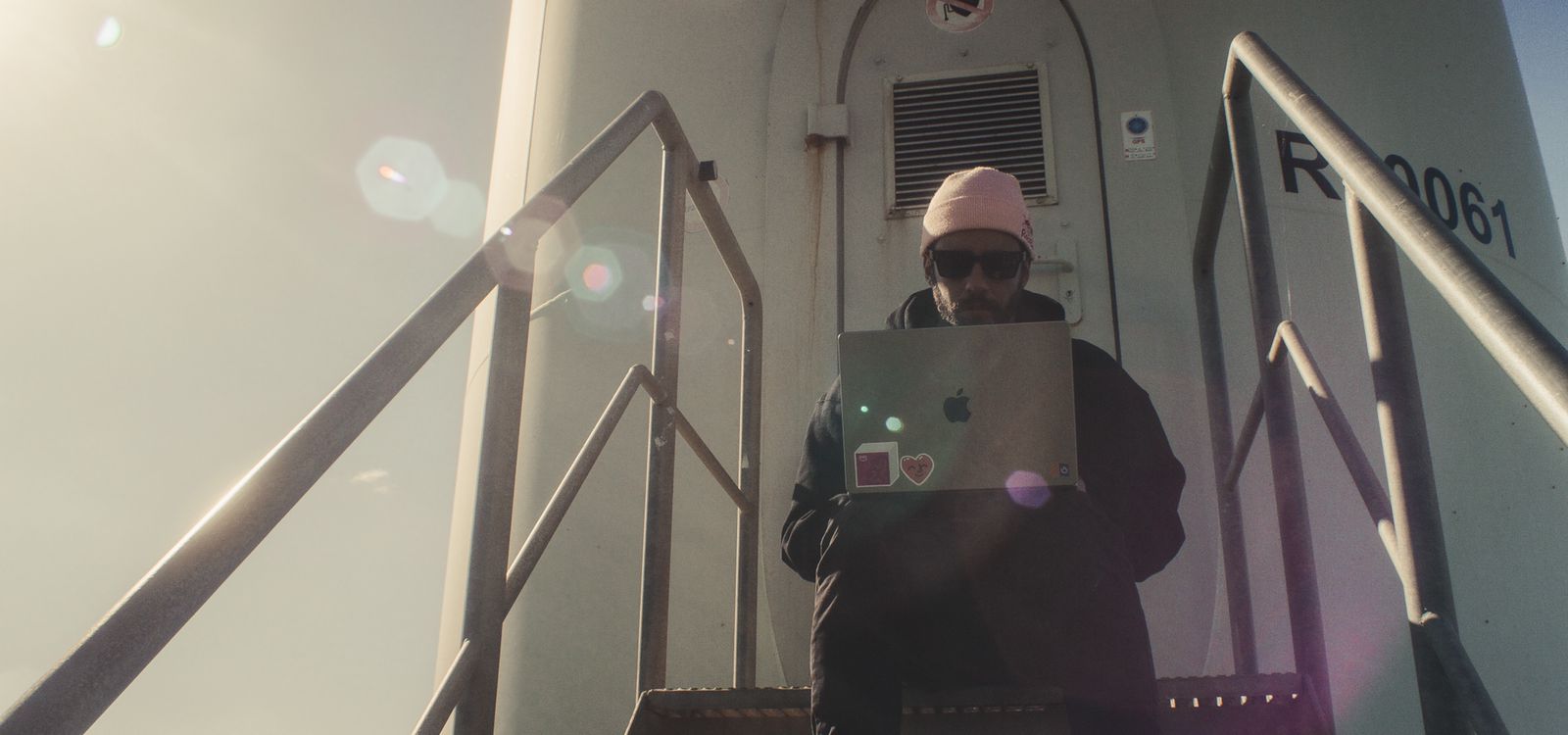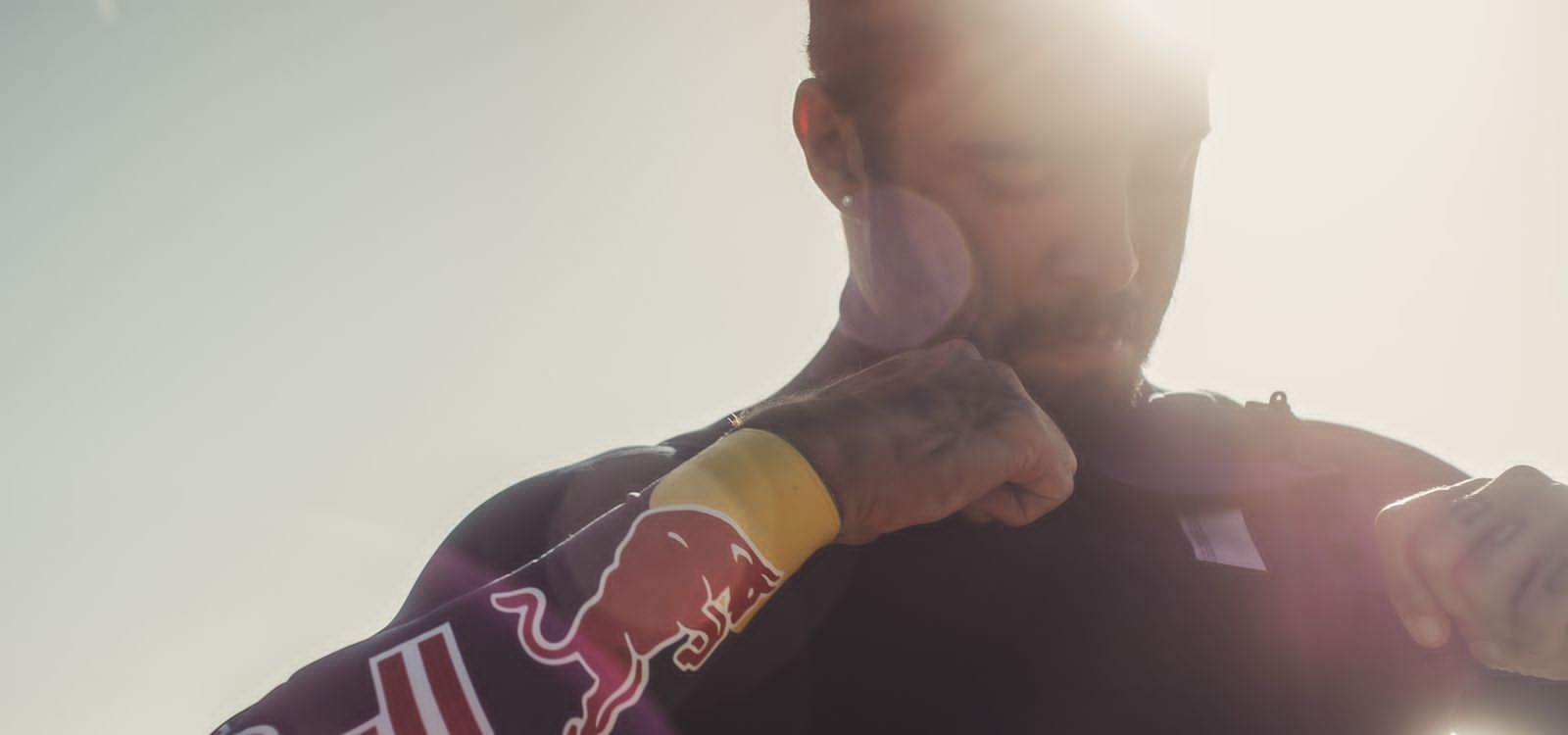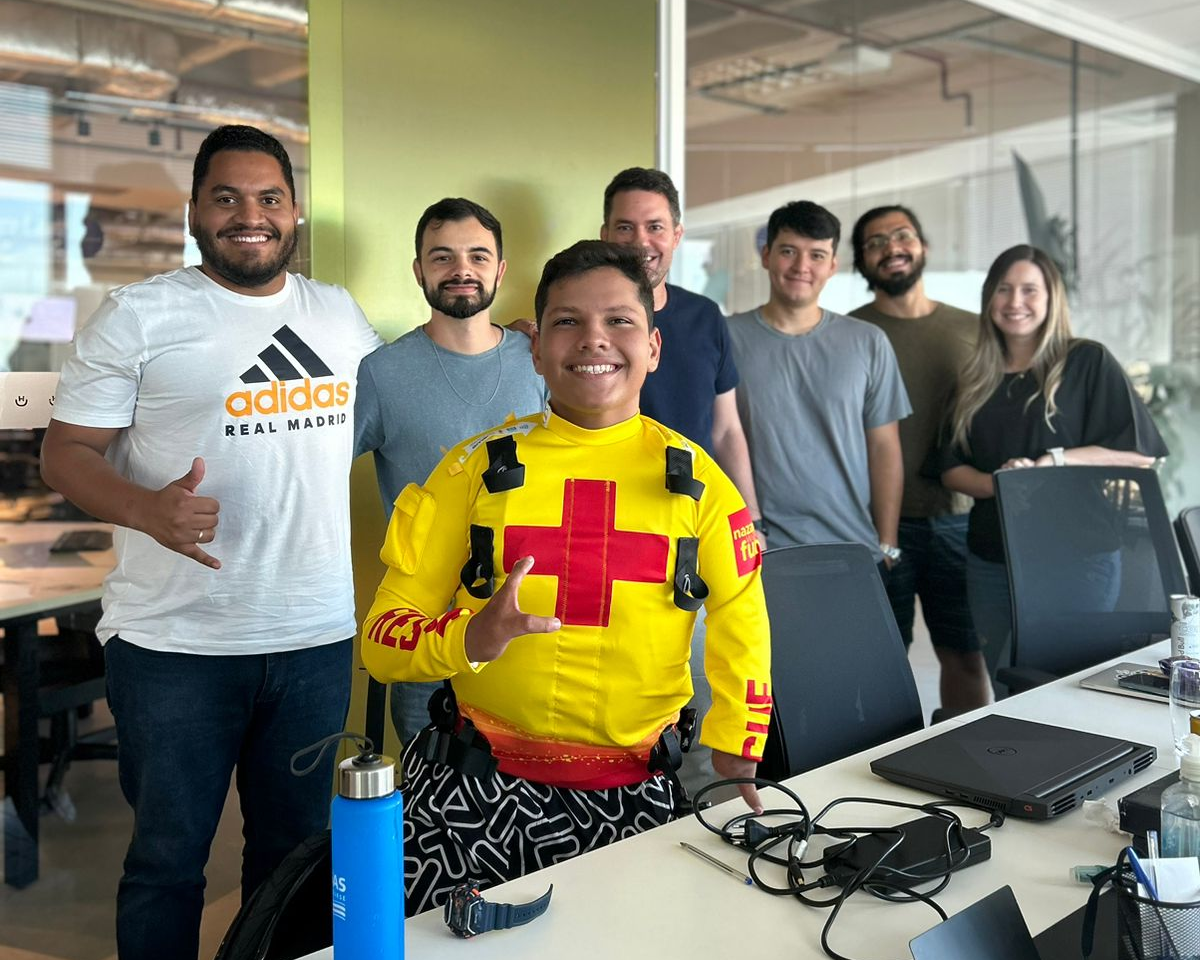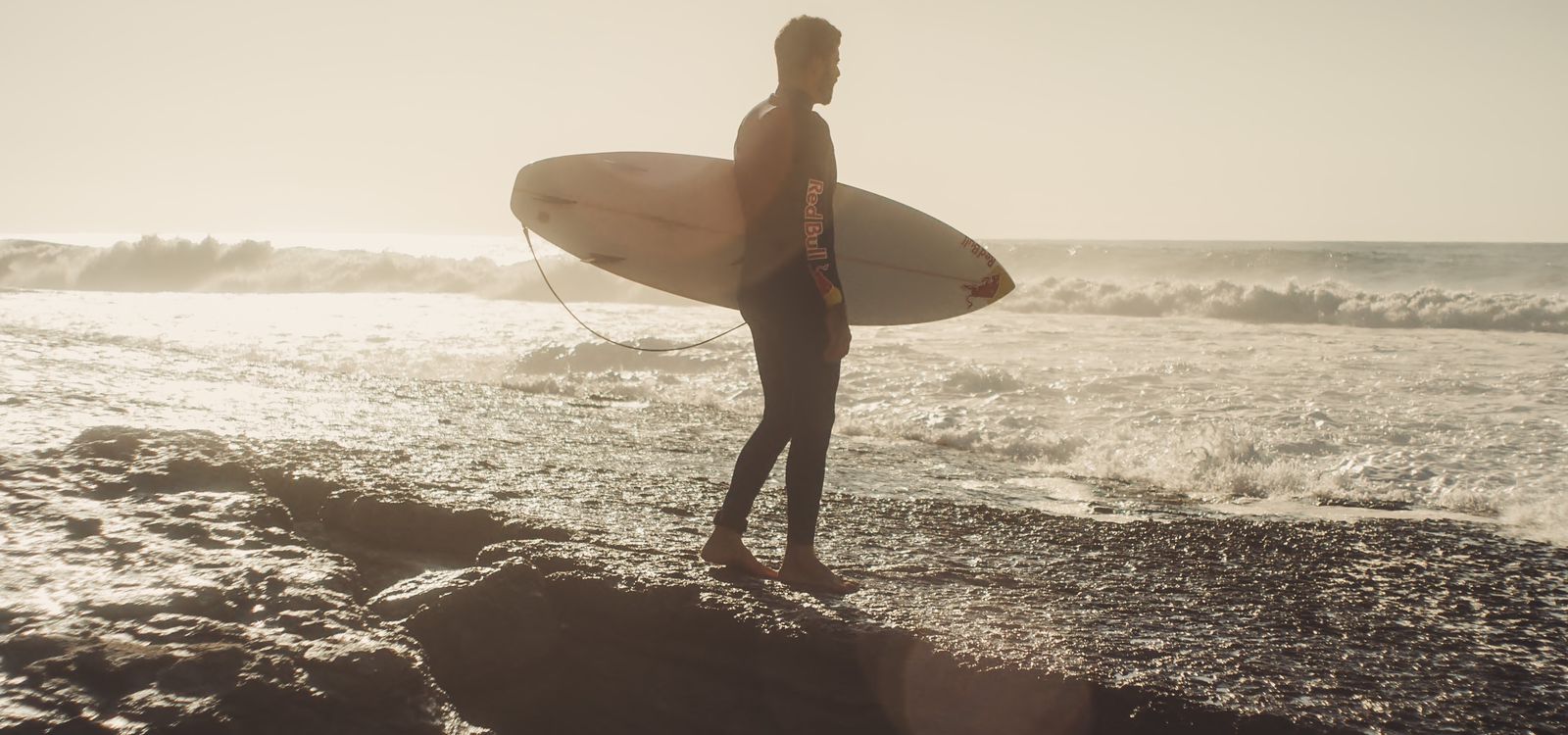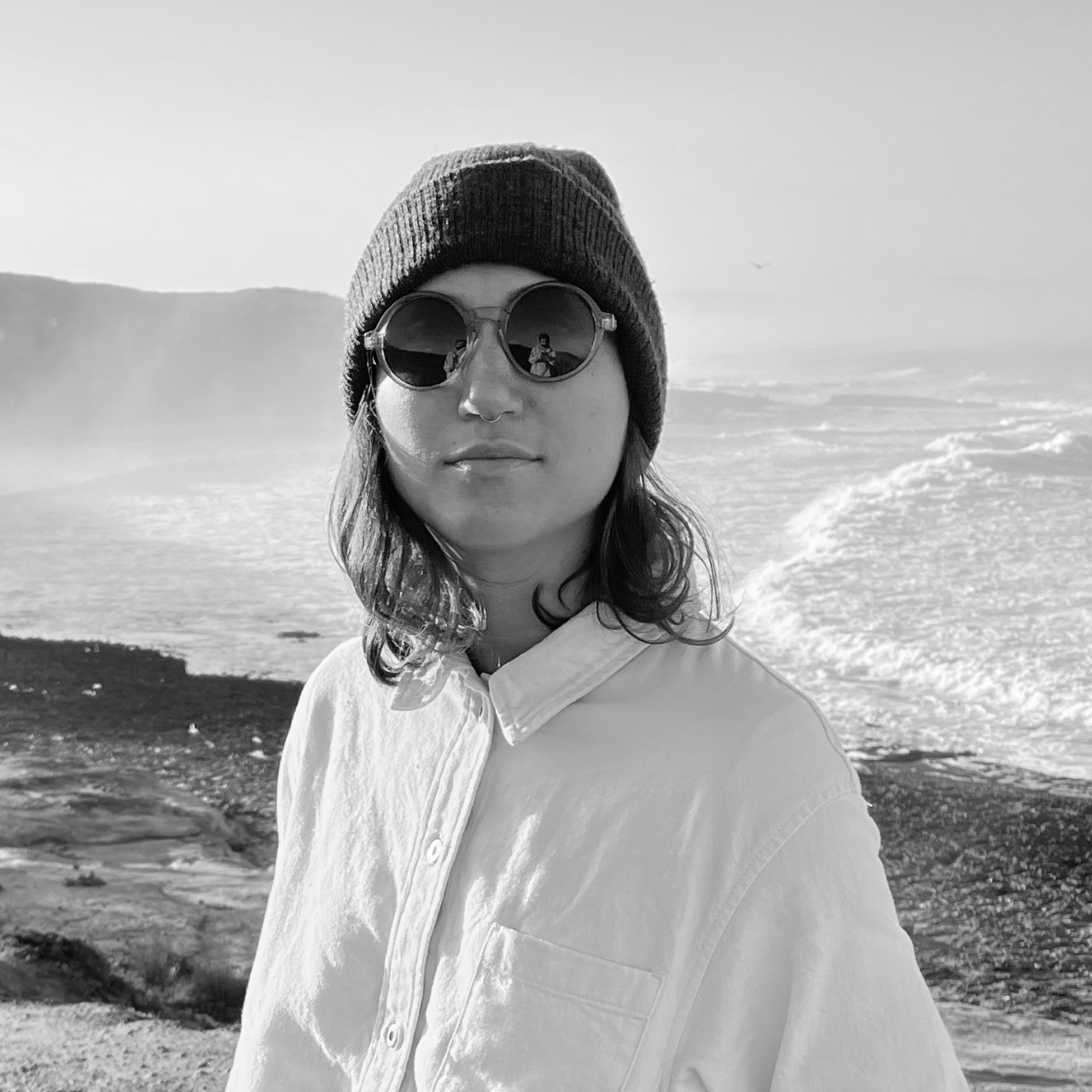Surf performance analysis.
The growth in the use of technology applied to sports in recent years is notorious, we have clear examples such as soccer, football, tennis, and other mainstream sports. However, there has been a lack of technology applications in surfing, despite its market size value in 2021 of USD 3.97 billion and an expected revenue forecast of USD 5.47 billion by 2028 [1]. This lack of technology application in surfing creates an opportunity with tremendous potential for meeting the latent market demand.
Our project focuses on exploring technologies capable of measuring and analyzing the performance of surf athletes. Using inertial sensors and pose estimation algorithms, we can obtain relevant data from the athlete during the sport, such as acceleration, rotation, and angles between body members. This data allows us to reconstruct the path and positioning of the athlete in a virtual environment, enabling a detailed analysis of their performance and generating new insights for possible improvements.
With the consolidation of data capture, we open up a wide range of options on how to use this information. For example, we can:
-
Compare perfomance between heats
-
Create an athlete evolution timeline
-
Compare performance between athletes
-
Cross performance data with sea conditions
-
Cross performance data with different equipment, such as boards&fins
Among many other hypotheses that can be visualized and validated.
Overall, our project aims to enhance the technology applied in surfing to improve the athletes' performance, increase the sport's popularity, and meet the market demand for innovative solutions.
Challenges
Surfing, as a practical sport in the open sea, faces several unusual difficulties, such as the need for equipment with adequate water and salinity protection, the uncontrollability of sea and climate conditions, as well as frequent variation in location of competitions. To solve these challenges, we look for innovative ways to approach these situations using recent and little explored technologies in surfing.
A challenge in analyzing surfing performance is the lack of open-source categorized data. This is due to the fact that surfing is a sport that has not yet been explored much in technological means. As a result, capturing and recording surf sessions and categorizing the data with relevant information, can be difficult. This makes it challenging to perform comprehensive analysis and develop AI models for the sport.
What we’ve accomplished so far
Our team has made significant progress in analyzing surfing performance by exploring various technologies. Currently, we have established two main strands of analysis:
-
Inertial Sensor Measurements (IMMUs)
Inertial Measurement Units (IMMUs) are electronic devices that use accelerometers, gyroscopes, and magnetometers to measure and report a body's specific force, angular rate, and orientation. Our analysis relies on wearable, high-accuracy inertial sensors that are lightweight, portable, and suitable for the maritime environment. Real-time data visualization is also possible.
-
Computer Vision
Computer Vision is a subfield of Artificial Intelligence (AI) that allows us to extract meaningful information from digital images and videos. Our analysis employs object detection algorithms to identify the athlete in the image, and Human Pose Estimation algorithms to classify and locate the joints in the human body.
We consider these two technologies to be complementary since Inertial Sensors provide more precise measurements that are not dependent on clear visualization of the athlete, whereas Computer Vision offers a less expensive and more convenient solution that can be applied to past recordings of surf batteries.
Overall, our team's analysis of surfing performance combines the power of Inertial Sensors and Computer Vision, resulting in a comprehensive and accurate understanding of the athlete's movements during surfing.
Milestones
-
Pedro Scooby
One significant milestone of the project was monitoring the athlete Pedro Scooby during his return to surfing big waves in Nazaré after his injury. The athlete was monitored and filmed using advanced technology such as drones, underwater cameras, and land-based cameras. This milestone is associated with the production of a film that showcases our technology and positions Hurb as a leader in innovation and technology.
-
Davizinho Radical
Davizinho is a two-time adapted surfing world champion and a recent addition to Hurb's team of athletes. Our goal is to assist in the development of this athlete, who aspires to become the first athlete in his category to surf giant waves in Nazaré, Portugal. With our advanced technology and expertise in surfing performance analysis, we believe we can help Davizinho achieve his goals and make a significant impact in the surfing community. Moving forward, we are committed to continuing our research and development efforts to push the boundaries of technology in the surfing industry. By partnering with athletes like Pedro Scooby and Davizinho, we hope to demonstrate the power of our technology and cement our position as a leader in innovation and technology in the surfing world.



